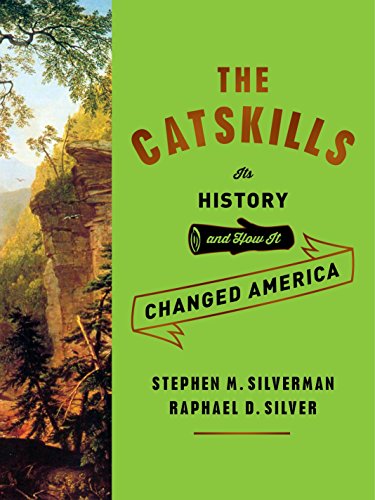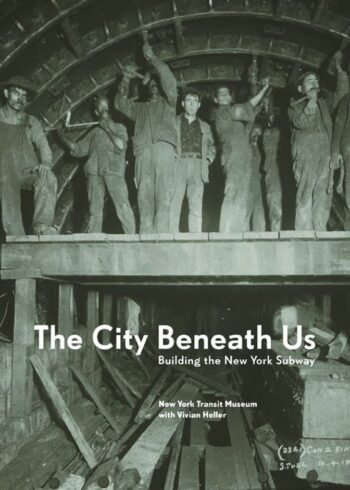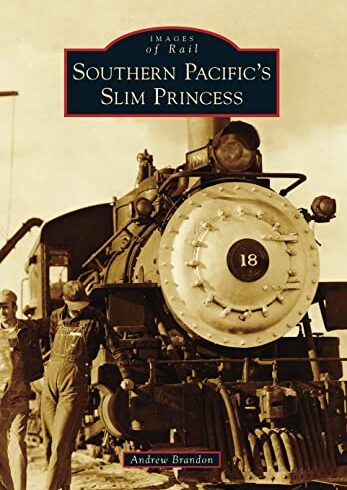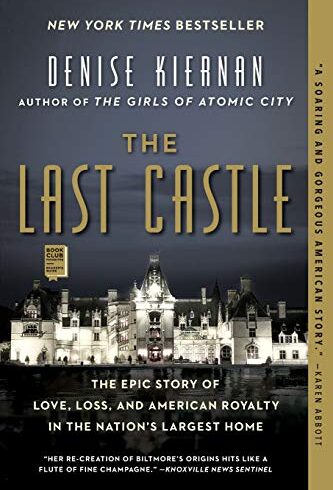The Catskills (“Cat Creek” in Dutch), America’s original frontier, northwest of New York City, with its seven hundred thousand acres of forest land preserve and its five counties—Delaware, Greene, Sullivan, Ulster, Schoharie, America’s first great vacationland, the subject of the nineteenth-century Hudson River School paintings that captured the almost godlike majesty of the mountains and landscapes, the skies, waterfalls, pastures, cliffs . . . refuge and home to poets and gangsters, tycoons and politicians, preachers and outlaws, musicians and spiritualists, outcasts and rebels . . . Stephen Silverman and Raphael Silver tell of the turning points that made the Catskills so vital to the development of America: Henry Hudson’s first spotting the distant blue mountains in 1609, the New York State constitutional convention, resulting in New York’s own Declaration of Independence from Great Britain and its own constitution, causing the ire of the invading British army . . . the Catskills as a popular attraction in the 1800s, with the construction of the Catskill Mountain House and its rugged imitators that offered WASP guests “one-hundred percent restricted” accommodations (“Hebrews will knock vainly for admission”), a policy that remained until the Catskills became the curative for tubercular patients, sending real-estate prices plummeting and the WASP enclave on to richer pastures . . . Here are the gangsters (Jack “Legs” Diamond and Dutch Schultz, among them) who sought refuge in the Catskill Mountains, and the resorts that after World War II catered to upwardly mobile Jewish families, giving rise to hundreds of hotels inspired by Grossinger’s, the original “Disneyland with knishes”—the Concord, Brown’s Hotel, Kutsher’s Hotel, and others—in what became known as the Borscht Belt and Sour Cream Alps, with their headliners from movies and radio (Phil Silvers, Eddie Cantor, Milton Berle, et al.), and others who learned their trade there, among them Moss Hart (who got his start organizing summer theatricals), Sid Caesar, Lenny Bruce, Mel Brooks, Woody Allen, and Joan Rivers. Here is a nineteenth-century America turning away from England for its literary and artistic inspiration, finding it instead in Washington Irving’s “Rip Van Winkle” and his childhood recollections (set in the Catskills) . . . in James Fenimore Cooper’s adventure-romances, which provided a pastoral history, describing the shift from a colonial to a nationalist mentality . . . and in the canvases of Thomas Cole, Asher B. Durand, Frederick Church, and others that caught the grandeur of the wilderness and that gave texture, color, and form to Irving’s and Cooper’s imaginings. Here are the entrepreneurs and financiers who saw the Catskills as a way to strike it rich, plundering the resources that had been likened to “creation,” the Catskills’ tanneries that supplied the boots and saddles for Union troops in the Civil War . . . and the bluestone quarries whose excavated rock became the curbs and streets of the fast-growing Eastern Seaboard. Here are the Catskills brought fully to life in all of their intensity, beauty, vastness, and lunacy.
Sale end in:
The Catskills: Its History and How It Changed America
ISBN-10: 0274803356
ISBN-13 : 978-0274803354
Publisher : Knopf; Illustrated edition (October 27, 2015)
Language : English
Hardcover: 464 pages
Reading Age : None
Dimensions : 7.46 x 1.45 x 9.54 inches
Item Weight : 3.4 pounds
$26.99 $21.59




















There are no reviews yet.